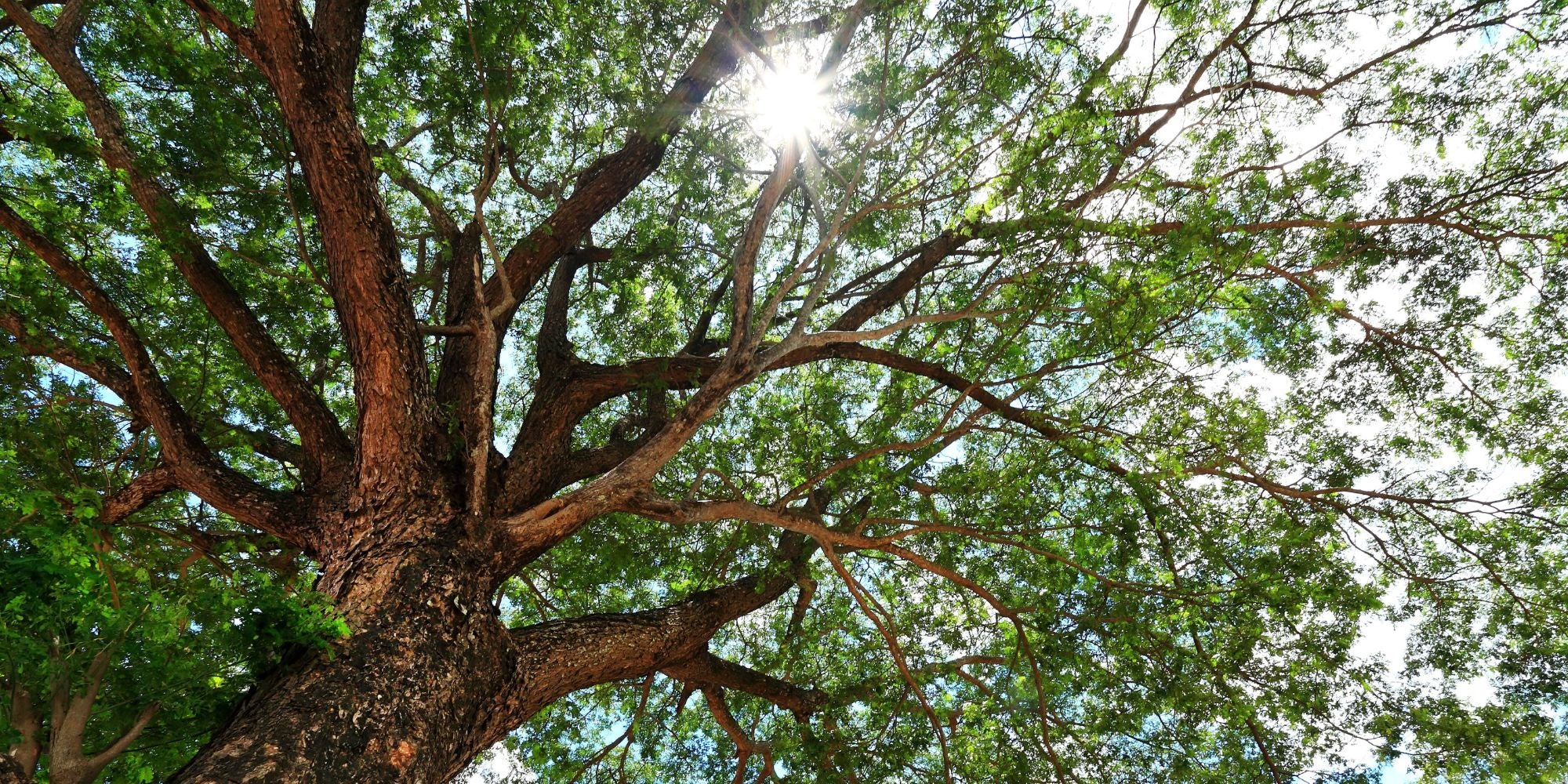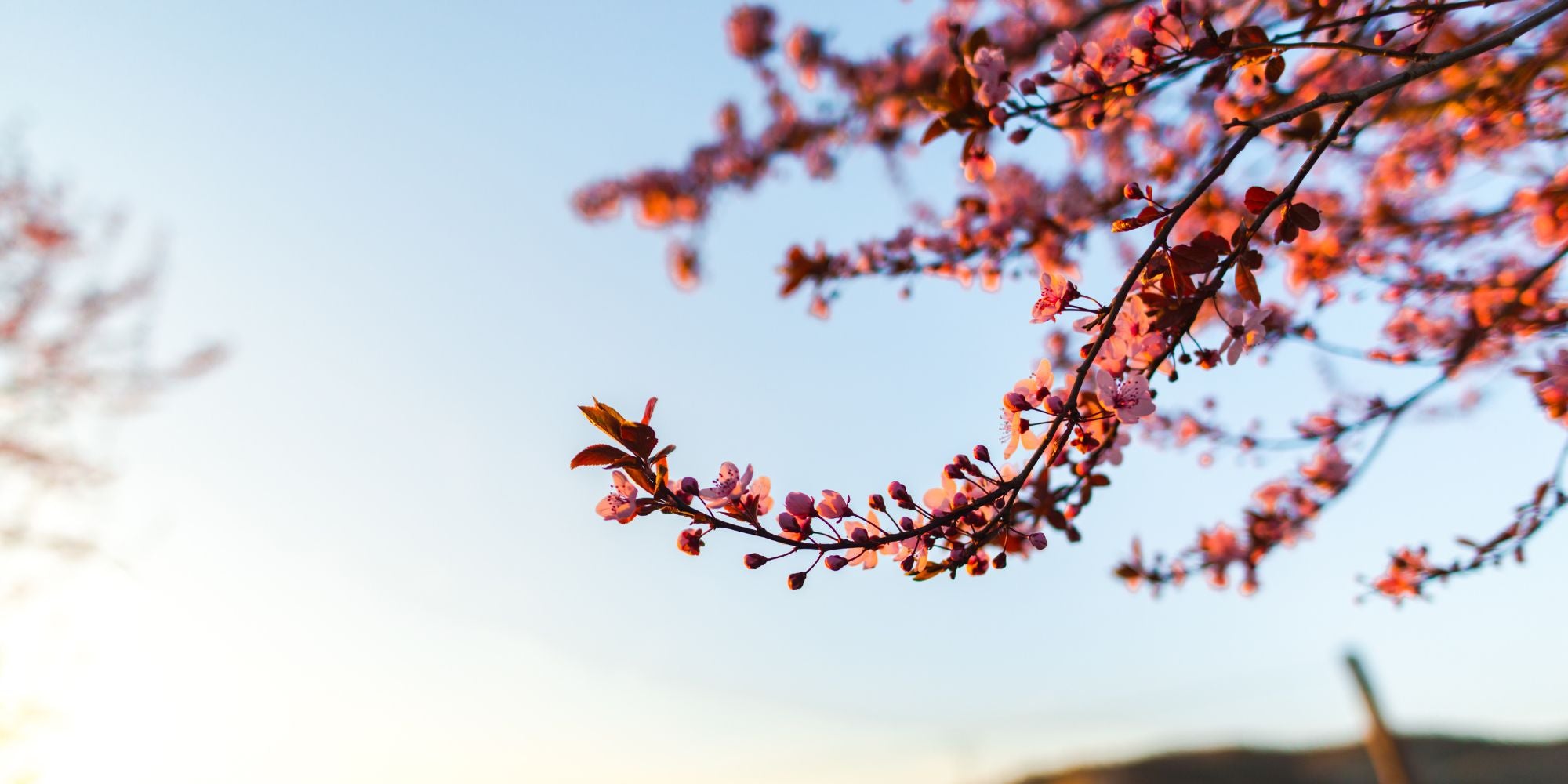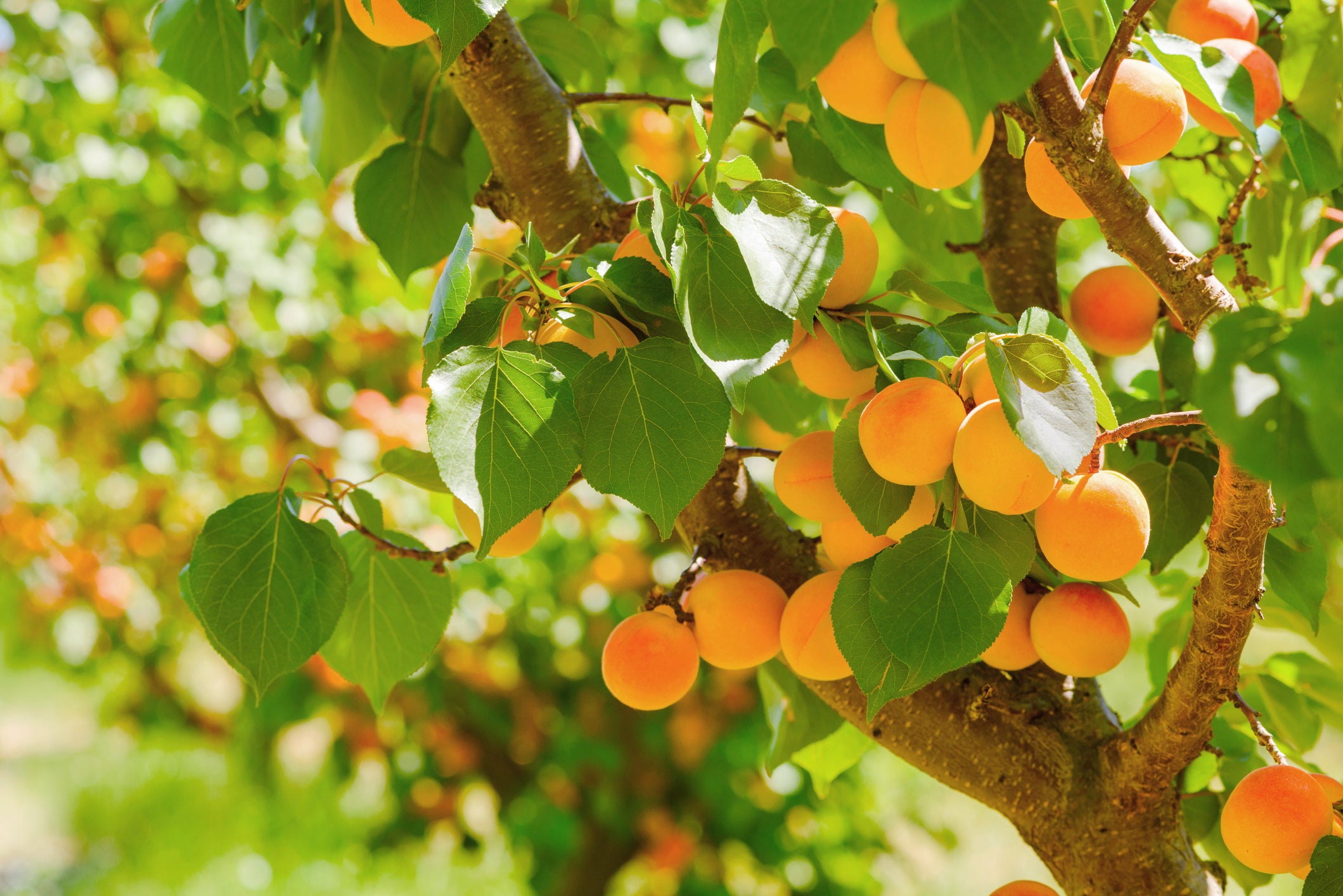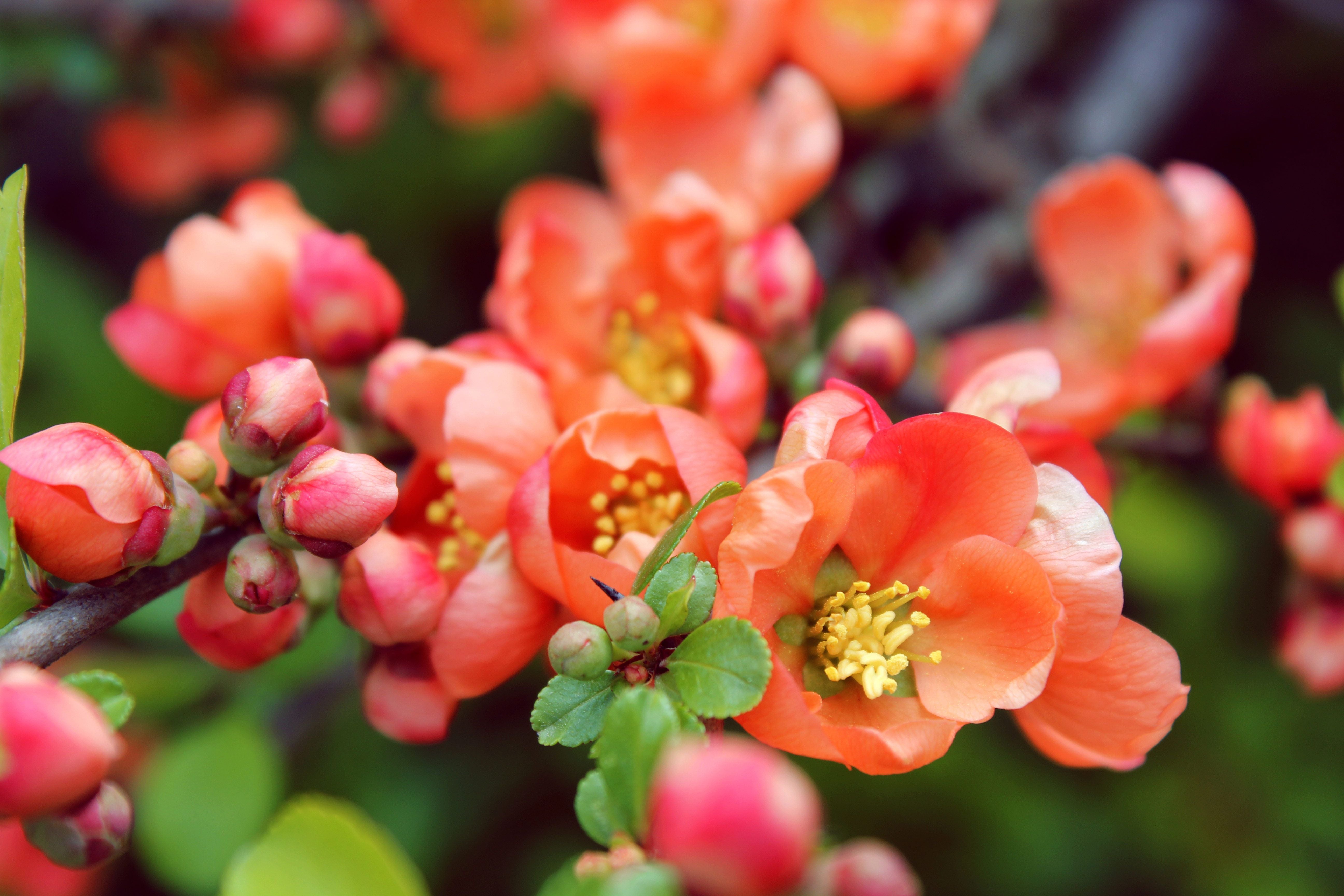How To Grow Fig Trees: A Guide For Beginners
Gardening can seem like a chapter from an expert's book, but it need not be daunting. At the heart of it lies a rhythm, serene and straightforward, especially on how to grow fig trees. This endeavor isn't just about cultivating plants; it's about growing a lush addition to your life's canvas with patience and a splash of care.

At Tristar Plants, we guide you through the serene journey of planting fig trees. Our carefully selected figs are designed to flourish with only the gentlest of touches. We break down the complexities, turning them into straightforward joy.
Selecting the Right Variety of Fig Tree
When you dream of cultivating your fig trees, the first step is choosing the right variety. This choice shapes your gardening journey. Figs come in numerous types, each with unique flavors, sizes, and growth habits. The common fig is a popular choice for its delicious fruit and ease of care. It doesn't require pollination by a special wasp, unlike other varieties. Another critical factor is climate compatibility. Some fig trees thrive in warmer climates, while others can withstand cooler temperatures. Researching and selecting a variety that suits your region's climate is the first key to success.
The Ideal Growing Conditions for Fig Trees
Fig trees yearn for sunlight and warmth. They flourish in positions where they can bask in the sun for most of the day. These trees are not fond of standing water, so well-draining soil is essential to prevent root rot. While fig trees are relatively adaptable to different soil types, they perform best in soil that's rich and packed with organic nutrients. Adding compost or aged manure can enrich the soil before planting. Another vital aspect is protection from harsh winds, which can hinder growth. Creating an environment that mimics their natural habitat will encourage your fig trees to thrive.
Guide to Planting Fig Trees
Before you plant your fig tree, consider the season. Early spring or late fall is the ideal time for planting in most regions to give the tree time to establish itself before extreme weather. Dig a hole that's twice as wide and just as deep as the root ball. Gently place the tree in the hole, ensuring it's standing straight. Backfill the hole with soil and press down firmly to eliminate air pockets. Water the newly planted tree meticulously to settle the soil around the roots.
Annual pruning is crucial for fig trees. It encourages healthy growth, improves sunlight penetration, and increases fruit production. Prune your fig tree during winter, removing any dead or diseased branches and shaping the tree to allow light into the center.
Caring for Your Fig Tree: Watering, Pruning, and Disease Management
Fig trees are low-maintenance plants that yield wholesome fruits with basic care. Proper watering and pruning are the first steps in caring for it. An adequate supply of water is one of the most significant aspects of fig tree care. Prolonged dry soil may stress the tree and hamper its growth. Hence, it is crucial to water the trees deeply, especially during dry spells, but avoid heavy watering as figs do not like standing water.
Pruning fig trees in the dormant season, mainly in the late winter or early spring, makes them more productive. Pruning encourages the growth of more fruit-bearing wood. It involves removing wayward branches and thinning dense areas. Regular pruning also helps in maintaining the tree's size, allowing easier harvests, and disease prevention. Disease management in fig trees primarily involves preventing common ailments like fig rust and blight. Regular inspection and taking timely action can significantly prevent potential diseases.
Nurturing Fig Trees for Fruit Production
To coax your fig trees into producing satisfactory amounts of large, sweet figs, provide them with favorable conditions. Balanced fertilization plays a vital role in fruit production. Applying rich compost or organic matter in late winter or early spring promotes healthy growth and fruiting. However, avoid over-fertilizing as it may lead to abundant foliage with fewer fruits.
The position of the tree, primarily its access to sunlight, directly affects fruit production. Fig trees adore lots of sun. The more sun your tree gets, the better it will fruit. Timing is also substantial when it comes to harvesting figs. Figs should only be picked when they are fully ripe, indicated by a slight droop and a darkened color.
Troubleshooting Common Problems in Growing Fig Trees
Growing fig trees may encounter some widespread challenges. The good news is that many of these problems are easily solved once identified. A common issue is fig trees not fruiting. This problem often can be traced back to too much nitrogen, which promotes leaf growth at the expense of fruit production. Adding phosphorus to the soil may help correct this imbalance.
Figs that drop from the tree before they ripen may indicate a lack of water or nutrients. Your fig tree will need adequate watering and feeding to bear fruit successfully. Pest problems may sometimes occur, including aphids and beetles. Beneficial insects like ladybugs and lacewings can help manage these pests. Picking up fallen fruit and keeping the area around the tree clean can also prevent pest populations from growing.
Preparing Fig Trees for Winter and Off-Season Care
As deciduous trees, figs go dormant in winter, shedding their leaves and pausing growth until warmer days return. This dormancy period is critical for their health and productivity, necessitating specific preparation. Wrapping or shielding your fig tree, especially if it's young or in a container, might be essential in colder climates to prevent frost damage. Utilize burlap or frost cloth to wrap the tree, or bring container figs indoors to a garage or basement where they remain cool but not freezing.
Harvesting and Using Your Fig Fruits
The joy of cultivating fig trees culminates in the harvesting of ripe, juicy fruits, typically from late summer to early fall. Figs are ready for harvest when they become soft to the touch, slightly droop, and the skin changes color. Unlike some fruits, figs do not ripen off the tree, so patience is key to enjoying their full flavor. Handle them gently to avoid bruising.
Beyond fresh eating, figs offer versatility in the kitchen. They can be dried, preserved, or used in a wide range of recipes from jams and desserts to savory dishes like pizzas and salads. For those looking to preserve the harvest, drying is an efficient method. Simply halve the figs and place them on a baking sheet in an oven at a low temperature or use a food dehydrator.
Cultivate Your Eden
Tristar Plants offers a diverse range of fruit trees that promise growth without constant upkeep. Like the figs, they are bred for resilience and beauty, crafted for your peaceful, green corner in a bustling world.
Embrace the simplicity of nurturing fig trees and transform your outdoor space with Tristar Plants. Begin your journey to an effortlessly verdant refuge today.





